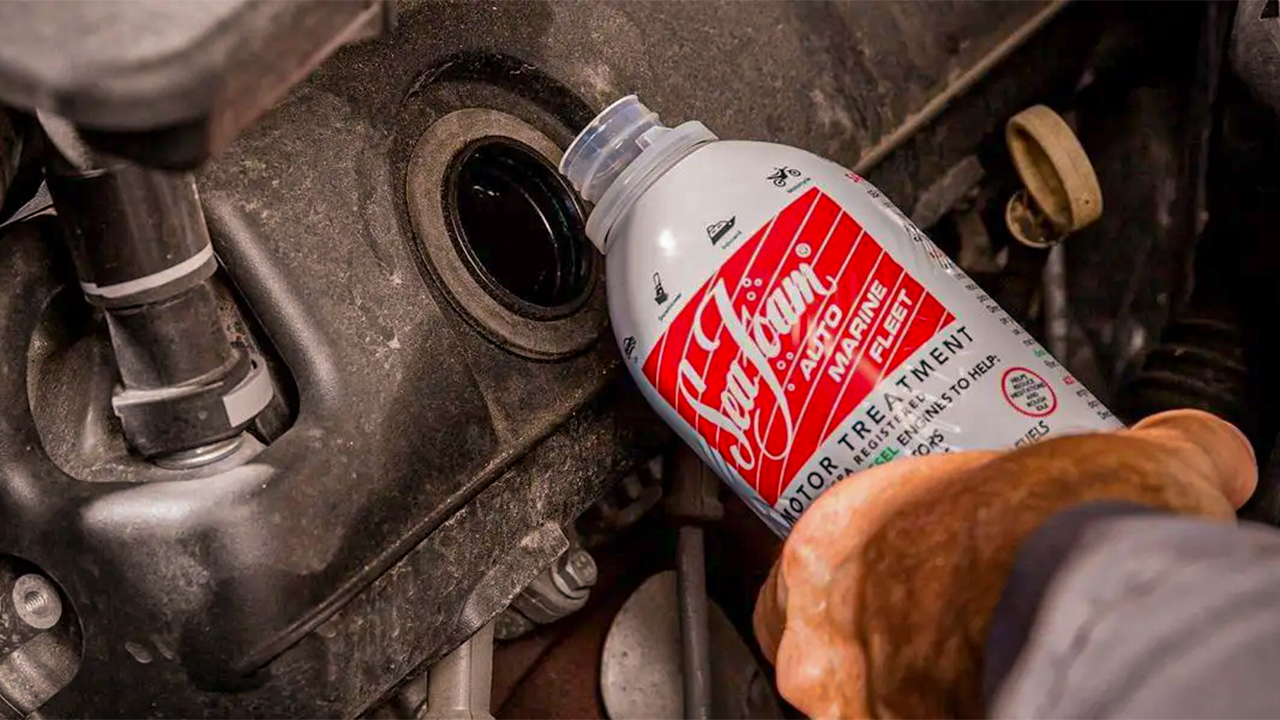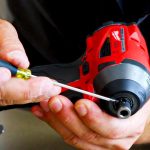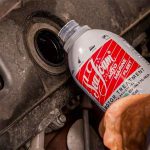Starter fluid is a fantastic solution for reviving snowblowers, chainsaws, and generators that have been inactive for a while. It works wonders and consistently gets my small combustion engines up and running in no time. What’s even more impressive is that it can also be used effectively on cars, motorcycles, and boats, making it a versatile product for various engines. However, because of its volatile and flammable characteristics, many people look for starter fluid alternatives. So what can you use as an alternative to starter fluid?
In short, starter fluid alternatives include:
- Windex bottle with a 2-stroke mix
- Carburetor cleaner
- Brake cleaner
- Mass airflow sensor cleaner
- Throttle body cleaner
- Cleaning solvent (parts cleaner)
- Seafoam engine cleaner
- Degreaser
- WD-40
- Carb cleaner
What Is Starting Fluid?
Starter fluid, known by various names like quick start spray, easy start fluid, liquid fire, start your engine spray, and starting fluid, is a highly flammable liquid mixture used to aid in starting combustion gas engines. Typically found in spray cans, it is sprayed into the air filter intake port of the carburetor. Basically, it’s a special liquid used to start engines. connects directly to the engine and provides the power needed for ignition.
There are different types of starting fluids available, with various brands recommending their own versions for starting vehicles. WD40 and carby cleaner are popular choices as they work really well for starting engines and also help extend the engine’s life.

This fluid is particularly beneficial in cold weather and for starting worn-out engines. Its primary components usually include Ethyl Ether, Heptane, Methane, and Carbon dioxide, with some manufacturers adding additives for engine lubrication and protection.
Can Brake Cleaner Be A Starting Fluid Alternative?
Yes, you can use brake cleaner as a starting fluid in emergency situations. However, it’s not recommended for regular use because its chemical composition and functions do not entirely match those of dedicated starting fluids. Regular use of brake cleaner for starting could potentially harm your vehicle engine.
Can Butane Be A Starting Fluid Alternative?
Yes, Butane is an excellent choice for starting gasoline and diesel engines. It has lower combustion energy than Methanol but provides the necessary pressure to start the engine. Butane doesn’t damage engine parts and works effectively regardless of the engine’s fluid system.
Can Seafoam Be A Starting Fluid Alternative?
Seafoam is not a recommended starting fluid due to its composition of 80% naphtha and 20% isopropyl alcohol. While some believe it is suitable for modern vehicles’ engines, it is generally regarded as a poor choice for starting engines. Seafoam takes longer to start the engine and may even cause low pressure in the long run.
Can PB Blaster Be A Starting Fluid Alternative?
Yes, PB blaster can be used as starting fluid, especially in extreme weather conditions. It is acid-based and capable of functioning well in harsh weather. Some automobile experts even consider PB blaster to be superior to WD40 as a starting fluid. However, it may not work well for all engines and weather conditions, so it’s better suited for colder temperatures rather than hot summers.
Can WD-40 Be A Starting Fluid Alternative?
Yes, WD-40 can work as a starting fluid and is flammable in aerosol spray form. It contains LVP Aliphatic Hydrocarbon and Petroleum Base Oil, providing some lubrication properties when used as a starting fluid. While other dedicated starting fluids may be more effective due to higher flammability properties, WD-40 still serves as a viable alternative for starting engines. Additionally, WD-40’s water-displacing properties make it useful for driving out moisture from the engine before starting.
Can Carb Cleaner Be A Starting Fluid Alternative?
Yes, carb cleaner can be used as a substitute for starting fluid or applied to the throttle body.
However, it’s important to note that the spray nozzle and ingredients in carb cleaner differ from dedicated starting sprays. Thus, whenever possible, it’s advisable to use the appropriate engine starting spray.
Carb cleaner is a potent cleaning agent designed to remove grime and debris from carburetors and throttle bodies. It possesses high pressure, primarily intended for cleaning dirty and obstructed jets. When employing carb cleaner to aid engine starting, caution should be exercised to avoid excessive spraying into the air intake, as the high pressure may lead to engine flooding.
Frequently Asked Question
- What Can You Use Starting Fluid Alternative on a Diesel?
For diesel engines, alternatives to starting fluid include WD40, which is compatible with diesel engine parts and starts the engine quickly without causing harm. Carby cleaner is also effective for diesel engines. Additionally, spraying a tablespoon of gasoline into the intake can help start the engine smoothly. Consider these options as substitutes for starting fluid on diesel engines.
- What Should You use to spray in your carburetor to start engine?
Yes, you can use a small amount of carburetor cleaner to start your vehicle engine. However, be cautious, as excessive use may potentially damage your fuel system.
- Is it necessary to use starting fluid?
It’s a good idea to keep starting fluid in your car. In adverse weather conditions or during engine problems, your car may not start automatically. In such situations, using starting fluid can help you start your car forcefully.
- Can starting fluid be used on fuel-injected engines?
Yes, it can be used by spraying into the air intake port near the throttle body. Exercise caution, as it may produce smoke and cause potential spark plug clogging.










Leave a Comment